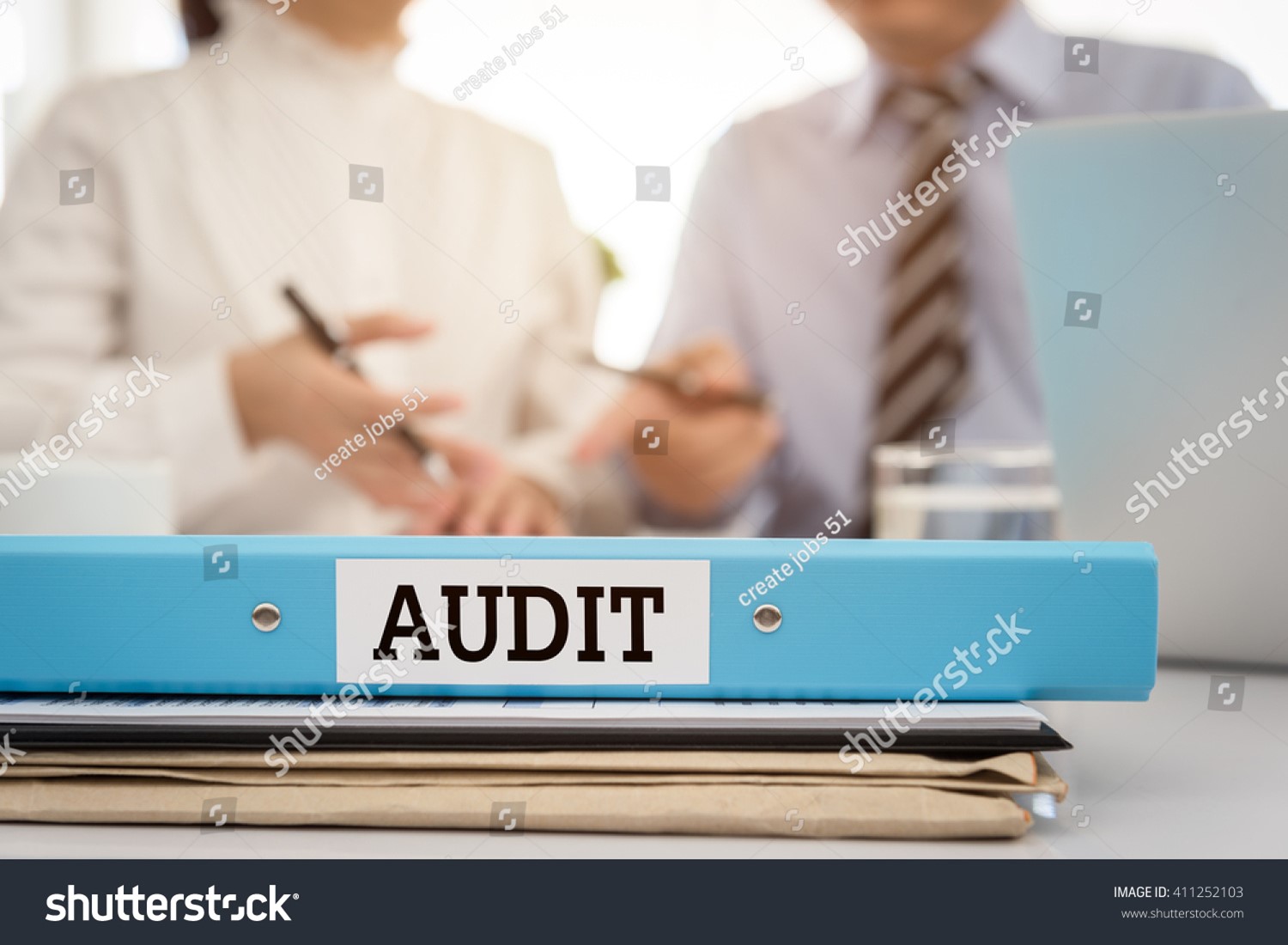Quality assurance (QA) is a proactive approach to ensuring quality. QA aims to prevent deficiencies by meeting required quality standards during production. QA activities focus on the work involved in producing goods and services and involve QA testing and audits, process analysis and peer reviews. As a result, change requests and corrective actions are generated.
Inputs for the QA phase are developed in quality planning (QP) and include the quality management plan (QMP), quality metrics and checklists, process improvement plan and quality baseline. These were discussed in topics 2.5, 2.6 and 2.7 of this learner resource.
By the end of this chapter, you will understand:
- QA principles and approaches
- QA activities and tools
- what is involved in QA audits
- what is meant by process analysis
- what is meant by root-cause analysis and value-added analysis
- how change requests and change orders are used on a project.
Two principles are important in QA:
- Fit for purpose: the product or service meets its intended purpose
- Right first time: mistakes are immediately dealt with
Achieving these principles means making a product or service that works all the time correctly by managing a project’s components and variables. It involves managing the quality of raw materials, assemblies, component products, production services and processes and the processes for inspecting these items.
QA is not a new concept. In the Middle Ages, guilds set work standards for their members, proving quality and consistency to customers. QA responsibility also applied to nations and rulers. For example, warships had to be maintained, navies received standardised training, and there were requirements for supplies on board ships. During the industrial revolution, systems and groups specialised in QA, overseen by management and foremen. After WWII, new concepts for QA were introduced, with more collaborative ideas and a more comprehensive approach.
In large organisations, a quality team may oversee critical systems such as document control, process control, calibration, quality training and corrective action. This team may also conduct quality audits, test and inspect production samples during audits and inspect raw materials and components. 14
Watch
Quality Assurance Explained | Production & Operations (5:22). Watch this YouTube video by tutor2u explaining how quality assurance differs from quality control and improves aspects of business processes.
QA activities, tools and techniques are selected for a project as part of quality planning and documented in the quality management plan (QMP).
QA activities include:
- Quality audits
- Process analysis
- Preparing change requests/corrective actions
Tools used in QA were discussed in topic 2.8 of this learner resource.
Communication and quality
Tracking and communication are key components of quality. If an issue is not identified immediately, it can quickly become a problem threatening the quality of deliverables. As a project and quality manager, or anyone responsible for ensuring quality in an organisation, you must be able to monitor every phase of your project, communicate appropriately with team members and quickly respond when issues arise. This involves fostering a working environment where everyone is committed to the overall quality effort.
Resources
- Quality Assurance and Testing: A Quick Guide, by Jason Westland at Project Manager: https://www.projectmanager.com/blog/quality-assurance-and-testing
- The QA Process: how a QA team tests your software by K&C Digital Transformation Blog: https://kruschecompany.com/quality-assurance-in-projects/

Quality audits are a key component in the ISO 9001 quality system standard and involve examining an organisation’s quality management system (QMS) and checking aspects of a process or product. In topic 1.3 of this learner resource, we looked at QMS components and why having a QMS is important.
QA audits are usually carried out at agreed intervals by an internal or external quality auditor or team. Internal auditors should not be directly involved in the process or product covered by the QMS.
QA audits are important for several reasons, including:
- They are required under compliance and regulations
- They ensure that quality is being monitored in a clearly defined way
- They enforce minimum quality standards and identify areas for improvement
- They help to confirm compliance with specific quality system standards for the relevant industry
- They should highlight examples of good practice, as well as identify issues and corrective action needed
- They allow organisations to share information and adjust working practices to deliver continuous improvement

The focus of quality audits
There are variations in how audits are carried out, but there are three broad types of audits which each have a different focus:
Process audit, which examines:
- Conformance to defined requirements such as temperature, accuracy, time, responsiveness, pressure and composition
- The resources used in making a product, the methods followed, the environment in which the process takes place and how performance is measured
- Effectiveness and adequacy of process controls documented in work instructions, procedures and process specifications and demonstrated in training, supervision etc.
Product audit, which examines:
- Whether a product or service conforms to requirements, including specifications, customer requirements or performance standards
System audit, which:
- Verifies that all elements of a QMS are effective and appropriate and have been documented and implemented as required
- Evaluates an existing QMS against company policies, contract commitments and regulatory requirements
- Verifies specific systems, including environmental systems, safety systems and food safety systems
Process and product audits are common in manufacturing. Some industries, such as hospitals and pharmaceuticals, may carry out variations of all three types. 15
First, second and third-party audits
Key aspects of these audits are summarised in the following table:
| Name of Audit | How Carried Out | Key Aspects |
| First-Party | Internally by auditors:
|
Measures organisation’s strengths and weaknesses against:
|
| Second-Party | Externally on a supplier by a customer or auditor contracted by a customer |
|
| Third-Party | Externally by an independent organisation with no conflict of interest |
|
Regulatory bodies can also perform external audits to ensure consistent quality standards across different manufacturers. 15

Quality Audit Process
There are five steps involved in carrying out a quality audit:15
| Step | Key Aspects |
| Determining the scope of an audit |
|
| Planning and preparation |
|
| Audit execution | Various activities, including:
|
| Reporting |
Audit report:
|
| Corrective action |
|

Quality audits and continuous improvement
QA audits should inform continuous improvement of the organisation’s products, services and processes. Any shortcomings revealed through an audit are designated as areas for improvement. Continuous improvement requires corrective actions to happen promptly. Doing so educates the project team about revising project planning for more effective outcomes. Detailed records should be kept to track and monitor process improvements.
Audits are an excellent method for identifying knowledge gaps. In addition, audit feedback can inform the management of specific areas for staff learning and training.
Audits usually occur annually. It is best practice to have a three-year audit plan that assesses risk, safety, quality and finances that align with the business strategy. If high-risk processes are involved, audits should be performed more regularly to minimise risk and ensure safety.
At the closure of an audit, the auditor reviews the findings and provides a detailed report. This report documents the objective and scope of the audit and recommendations for improvement. Where the auditor identifies deficiencies, an agreement for corrective action is issued with a corrective action number. Corrective actions are reported and monitored by the corrective and preventative action (CAPA) process. Sometimes, a follow-up audit will occur to ensure that corrective actions are implemented.
Resource
Find out more about corrective and preventative action at the following link: https://scnv.io/8vuR
Process analysis aims to identify gaps in the performance between the current operation and what is required.
A process is a series of steps related to production, administration or providing services. A production process transforms inputs such as raw materials, components and labour into delivered goods. Examples of administrative processes include accounts payable and documentation control. A service process could be providing accommodation and car hire for an employee.
A process can be broken into sub-processes. Any subprocess can be considered a stand-alone process, depending on its nature and complexity. Process analysis can document a current process, a required process or how a process may respond to different circumstances or conditions.
Steps in process analysis
There are three steps in analysing a process:
| Step | Key Points |
| Understand the process |
|
| Collect data |
|
| Analyse data |
|
Practical tools, metrics and benchmarks
In topic 2.8, we looked at useful tools for quality assurance. These include developing a process improvement plan to assist with implementing approved changes to a process. The following tools are also useful for the above process analysis steps:
- Process flow charts
- Pareto charts
- Analysis of performance metrics and benchmarking
- Fishbone diagrams and 5-Whys problem-solving technique to find the root cause of a problem
- Spreadsheet modelling
- Production planning models
- Capacity utilisation and plant loading modelling
The project management plan (PMP), developed in the quality planning phase, included selected tools, metrics and benchmarks. Input from relevant stakeholders and experts guided this selection. Topic 2.6 of this learner resource discussed quality metrics and measurements. These can be used during process analysis to identify levels of non-conformance.
Resource
Process and Production/Manufacturing Process Analysis at Leanmanufacture.net: http://www.leanmanufacture.net/operations/processanalysis.aspx
Process analysis can include root cause analysis (RCA) and value-added analysis. Root cause analysis is used to diagnose non-conformity, and value-added analysis is used to identify steps in a process that add value for the customer or end user.
Root Cause: What and how?
The root cause is a core issue that has led to problems with non-conformity. Root cause analysis aims to identify this issue, determine what happened and why and figure out how to reduce the likelihood that it will happen again—recommendations for corrective action feed into process improvement.
There are three basic types of root causes:
- Physical causes: material items that failed in some way, for example, a car’s breaks
- Human causes: people did something wrong or failed to do something. Human causes often result in physical causes
- Organisational causes: a system, process or policy is faulty
Root cause analysis looks at all three types of causes, and more than one root cause may be found. Fish-bone diagrams and the 5-Whys technique are commonly used tools for RCA.
Resource
Find out more about root cause analysis and watch a video at the following link: https://www.mindtools.com/pages/article/newTMC_80.htm
Value-added analysis: what and how?
Value-added analysis involves analysing a business process to identify steps where changes could be made that would increase customer satisfaction with a product or service. The analysis may also identify steps that do not add value. These can be examined and perhaps removed to make the process more efficient.
Tools for carrying out value-added analysis include developing a value matrix or opportunity process map or carrying out a waste walk using a waste recording form.
Resource
Find out more about value-added analysis at the following link: https://citoolkit.com/articles/value-analysis/
Implementing corrective action and process improvements during a project’s life cycle is part of the project change management process. There may be differences in how change requests are handled across industries, such as during software development, manufacturing and engineering.
Two steps are involved, and the project manager or quality manager prepares two documents:
- Change request: presented for approval
- Change order: used to implement an approved change
Change request
A change request is a formal request to change what was agreed upon for the project. Change requests can be triggered by several things, including a customer complaint or suggestion, a problem identified in a production process or a supply chain issue.
Change order
Change requests are approved by the designated person responsible, the project owner or sponsor, with input from other relevant stakeholders and experts. A proposal for resolution must be submitted for each request with details of the proposed action, including costs, specifications and drawings. When the change request has been approved, a change order is submitted. This describes the process to be followed to implement the change. This is carried out as part of the change management process documented in the project management plan.
Resource
Find out more about handling change requests in manufacturing and engineering at the following link: https://www.issuetrak.com/blog/change-requests-in-manufacturing-and-engineering
Read
Look for information in your workplace about previous projects and identify how change requests and change orders are managed:
- Are there different levels of review and approval?
- How have changes been implemented on previous projects? What was successful, and what lessons were learned?

